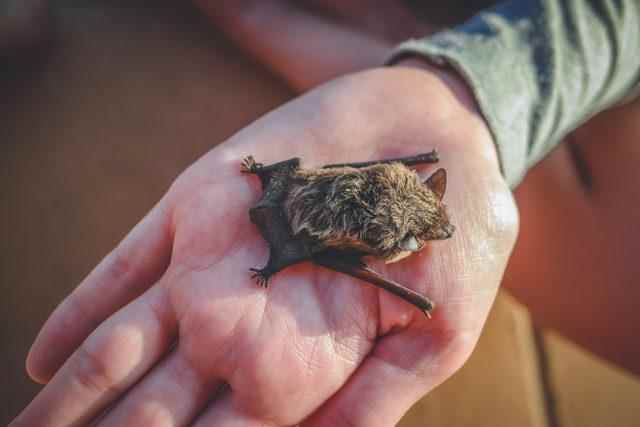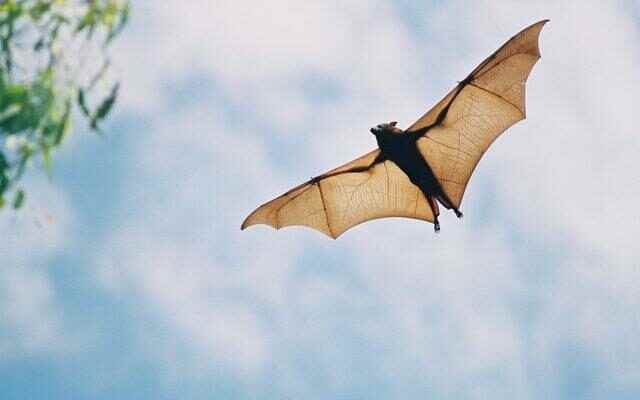As the coronavirus panic just subsided, a frightening news came from scientists. Scientists have revealed that there is a new virus that spreads from bats. announced that the Kiwira virus was found in a bat species found in Tanzania and the Democratic Republic of Congo. Explaining that this virus is from the hantavirus family, scientists announced that this type of virus can be deadly.
CAN KILL ONE OF EVERY 3 PERSONS
Scientists warned that the Sin Nombre virus, which is from the hantavirus family, can kill 1 out of every 3 people if it infects humans.
The British Daily Mail newspaper announced the development with the headline “Scientists have discovered a deadly new virus in bats: Similar pathogens kill 1 out of every 3 humans”.
WHAT IS KIWIRA VIRUS?
It was stated that research on how the Kiwira virus affects people is still ongoing, and new studies will be carried out.
Hantavirus, which is generally found in rodents, can be transmitted from infected animals to humans by contact. This virus is one-third fatal when infected. People infected with this virus may experience flu-like symptoms, as well as bleeding and kidney failure.
“IT NEEDS TO PREVENT ITS CONTACT TO PEOPLE”
The senior name of the International Health Protection Center, who discovered the virus, Dr. Sabrina Weiss sent a scientific article on the subject to Viruses magazine. “This bat species is common near areas where humans live,” the article states. Therefore, it is necessary to prevent the Kiwira virus from infecting people.”

Sin Nombre virus, which is in the same virus type, is transmitted from a mouse species in the USA and has a high lethality. On the other hand, the death rate of the Puumala virus, which comes from the same virus family, was recorded as 1 in 200.
“The virus can usually be transmitted through contact with the urine, feces and saliva of the sick animal,” the article states. Although it is rare, it can be transmitted from person to person. (News Global)
